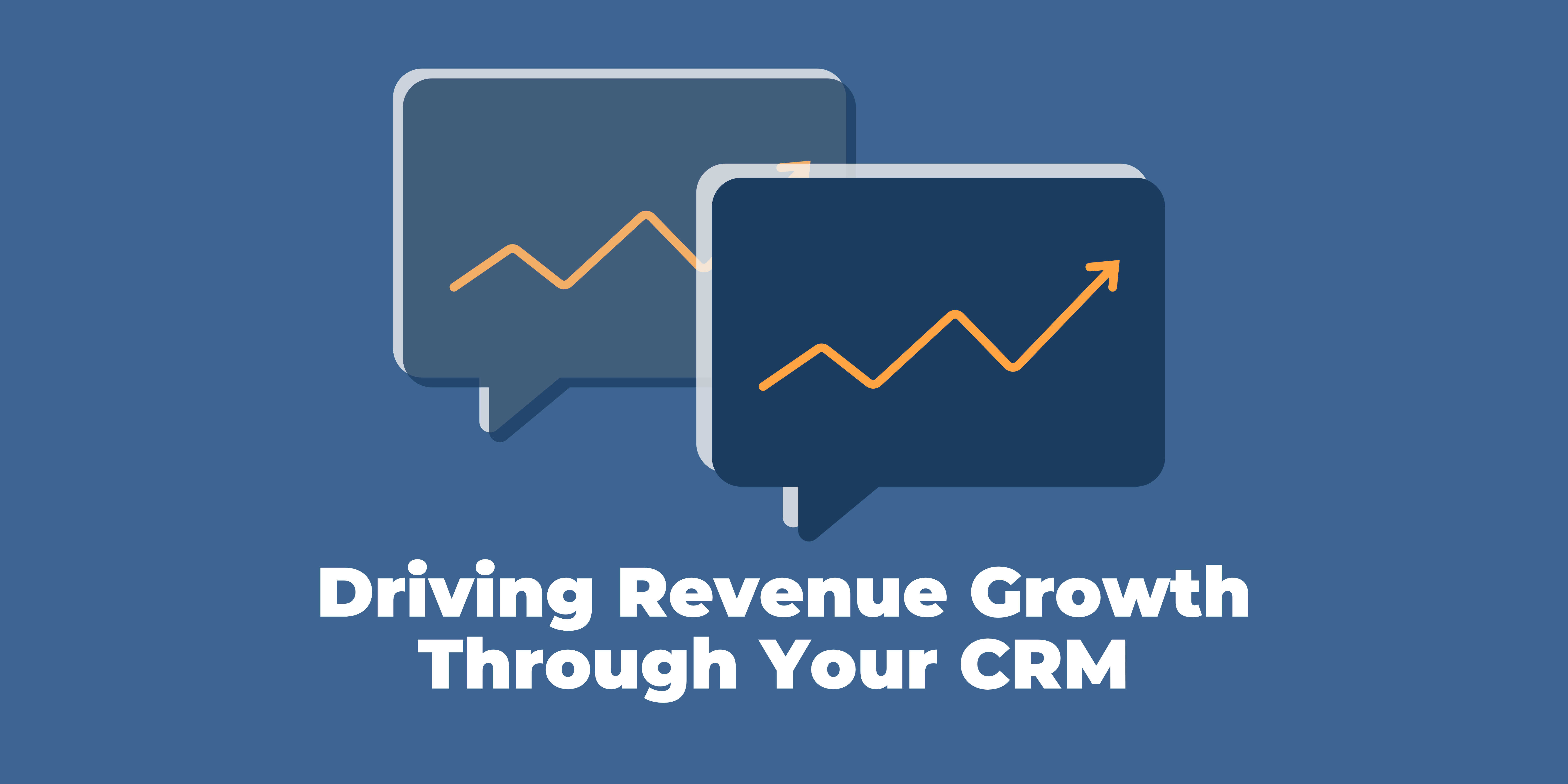Over 25 years in business, TopLine has worked with hundreds of customers across various industries. One thing that has become increasingly clear over time—especially in today's fast-evolving technological landscape—is that CRM systems, or most software platforms for that matter, can often turn into revenue-draining tools rather than tools to generate revenue.
A CRM (customer relationship management) platform can drive significant revenue and see meaningful ROI when used properly. However, many organizations fall into common traps that inhibit the CRM's potential to generate revenue and turn it into a cost center. Below are some of the most common pitfalls that cause CRMs to drain revenue, followed by suggestions to help transform them into profit drivers.
1. "Set It and Forget It" Mindset
Problem:
One of the biggest mistakes companies can make is implementing their CRM, seeing no immediate results, and then abandoning it altogether. A CRM isn't a once-and-done solution. It requires ongoing attention to extract value.
Suggestion:
Have you checked in with your CRM recently? Are you regularly gathering feedback from users across your organization to understand what's working and what isn't? Keep up with the latest updates, particularly around automation and AI integrations, which can enhance the CRM's performance. Regularly optimizing your CRM strategy based on user feedback and new technological advancements allows for continuous improvement. This ensures that your CRM is working to generate revenue, not draining it.
2. Lack of User Adoption
 Problem:
Problem:
Many companies need to keep user adoption in mind when implementing CRM. It is important to be aware of different departments working with their preferred tools because this can lead to fragmented data and poor communication. Trying to shoehorn your existing processes into a rigid, out-of-the-box CRM system without proper customization can also lead to frustration. Additionally, revealing the end product and telling employees how to use it can be a big turn-off and result in counterproductive results.
Suggestion:
Take the time upfront to understand pain points and current workflows from prospective users. This conversation can save unimaginable time when it comes to ensuring positive user adoption. Another way to realize maximum effectiveness is to make your CRM an integral part of your company's processes—across all departments. Rather than forcing an out-of-the-box system, taking the time to customize the platform to fit your needs can help you do just that. Involve as many of the departments in the organization as possible in utilizing the CRM, fostering collaboration, and preventing data silos. This holistic adoption increases CRM engagement, making it a tool for growth rather than a burden.
3. Additional Unnecessary Systems
Problem:
Many companies use a multitude of systems that communicate poorly with each other. This results in scattered data and system use exhaustion, where employees are switching between different platforms and tools to get their work done. This disjointed setup can hurt efficiency and lead to incomplete or duplicated data, which hampers accurate data and drives decision-making in a timely manner.
Suggestion:
Consolidate your systems! Ensure that your CRM integrates seamlessly with other tools you are using. If your CRM can serve as the central hub for customer data and sales processes, you'll reduce the time spent switching between systems and improve data accuracy. This not only streamlines operations but also enhances the overall experience for both your employees and customers.
TopLine Results helps clients with users across a wide variety of department and positions such as customer service, field service, operations, sales, and the executive level.
4. Lack of Investment and Executive Support
 Problem:
Problem:
Without proper executive investment or leadership buy-in, CRMs are often underutilized or misused, leading to poor data management, inconsistent processes, and a lack of training. Suppose executives and managers aren't using CRM to make data-driven decisions from a strategic and accountability level. In that case, there is no control over ensuring processes are followed and key data points are recorded or accurate. This ends up resulting in a system that offers little value and no insight into the key revenue-generating areas of the business.
Suggestion:
Executive involvement is crucial for CRM success. If company leadership is using the CRM to run one-on-one meetings, team meetings, email updates, strategic initiatives for the year, and other core business and performance decisions, users will be more inclined to adopt the tool. Companies can make informed decisions that directly impact revenue by ensuring that data is clean, processes are consistent, and users are properly trained. When executives embrace CRM and demonstrate its value to the company, adoption across the organization improves, and so does the ROI.
TopLine works with all levels of leadership to ensure that processes have been built into the CRM, allowing data to easily roll up to a report, dashboard, etc., so decisions can be made quickly and at a glance. Check out our CRM services here.
A CRM platform has the potential to be a powerful tool to generate revenue, but only when used properly. By addressing common pitfalls like poor adoption, scattered systems, and lack of investment, companies can transform their CRM from a revenue-draining tool to a revenue-generating asset.
Your CRM should not be a passive system. When continually optimized, adopted, and championed by leadership, it can become one of the most valuable tools in your company's growth strategy. Contact us to discuss the untapped potential in your CRM and increase your ROI and revenue generation!




You must be logged in to post a comment.